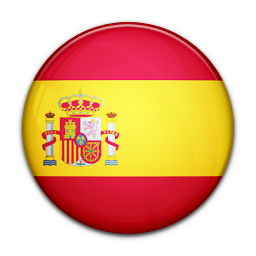
Los Gigantes. Santiago del Teide
The Los Gigantes cliffs are a volcanic basalt geological feature on the west coast of the island of Tenerife (Canary Islands, Spain); sheer, vertical cliff faces plunge into the ocean from heights ranging between 300 and over 600 metres. The cliffs are administered by the municipalities of both Buenavista del Norte (mostly) and Santiago del Teide.
The Guanches (original inhabitants of the island) called the cliffs the “Wall of Hell”, a fitting name for the dark lava wall that creates a virtually impenetrable barrier to the island’s interior. Only a few ravines (Carrizales, Juan Lopez, El Natero, Barranco Seco) thread their way down the cliffs, ending in coves or small sand or pebble beaches that are frequented by pleasure boats, since the topography of the ravines makes them difficult to reach by land.
Under the surface of the sea, these cliffs do not continue to plunge vertically downward. The seabed in this area is only about 30 metres deep and, due to its inaccessibility, harbours natural treasures that attract many divers and fishermen.
The panoramic location and the climate have favoured the development of a major tourist resort in recent years on the coast of Santiago del Teide, featuring a marina and a sizeable residential and hotel zone. The town of Los Gigantes did not appear on maps in the 1950s, but has now become a major economic centre of Santiago del Teide. Near this town, there are other tourist spots, including Playa de La Arena and Puerto de Santiago. This zone is 125 km from the island’s capital, Santa Cruz de Tenerife, and 45 km from Tenerife South Airport. Whether accessed by boat or on foot, the Los Gigantes cliffs always offer breath-taking views.






